Microsoft is reportedly planning big Windows 10 redesign codenamed “Sun Valley”
3 min. read
Published on
Read our disclosure page to find out how can you help Windows Report sustain the editorial team. Read more

Windows 10 celebrated its fifth anniversary this year, and users have now become familiar with the bi-annual release cycle that sees Microsoft release new versions of the OS in the Spring and Fall seasons. The freshly-released October 2020 Update was a pretty small update with minor changes for the Start Menu, Notifications, and Alt+tab experience, but the company is reportedly planning a much bigger design refresh for the Windows 10 “Cobalt” update planned for Fall 2021.
According to Zac Bowden from Windows Central, this major design refresh for Windows 10 is codenamed “Sun Valley” within Microsoft, and it would be the result of Chief Product Officer Panos Panay now overseeing future Windows 10 development. “in this holiday and the next, we are going to accelerate innovation in Windows 10 to ensure that Windows devices are the best way to work, learn and play. We are going to make important improvements in every one of those areas,” Panay said back in May.
The exec remained quite ambiguous about the future of Windows 10 earlier this year, but Bowden’s sources said to expect the following improvements:
- A redesigned Start Menu and Action Center inspired by Microsoft’s work on Windows 10X.
- The Taskbar could also be rewritten with modern code, with Microsoft increasing its use of the new WinUI user interface layer to improve the Windows Shell.
- The legacy File Explorer, which hasn’t really evolved in recent years (except for the new dark mode) may get an improved user interface. Microsoft is also said to bring dark mode support to more legacy Windows components
- Tablet users may be able to enjoy a more “fluid experience” with better animations.
“I understand that this refreshed design will be an evolution of Fluent Design, and likely still called Fluent Design. Microsoft isn’t introducing a new design language with Sun Valley, it’s simply refreshing and refocusing the current one on desktop, and trying to apply it more consistently throughout the OS, a big feat for the legacy Windows desktop,” Bowden wrote.
Microsoft originally introduced Fluent Design at its Build 2017 developer conference, explaining at the time that the rollout would take many years and also benefit other platforms than Windows 10. Despite this ambitious roadmap three years ago, Windows 10 continues to receive criticism for its design inconsistencies to this day. It remains to be seen if this “Sun Valley” redesign effort will come to life next year, which is also when Microsoft and its partners are expected to ship the first devices running Windows 10X.
Interestingly, Bowden notes that some upcoming design changes for Windows 10 may well be optional. “I’m also told that for some features, users will be able to switch between the new and old experiences, giving users a choice rather than forcing it upon them,” he wrote. We’ll see what happens, but with Windows 10 now running on more than 1 billion devices, it’s obviously impossible for Microsoft to please everyone.
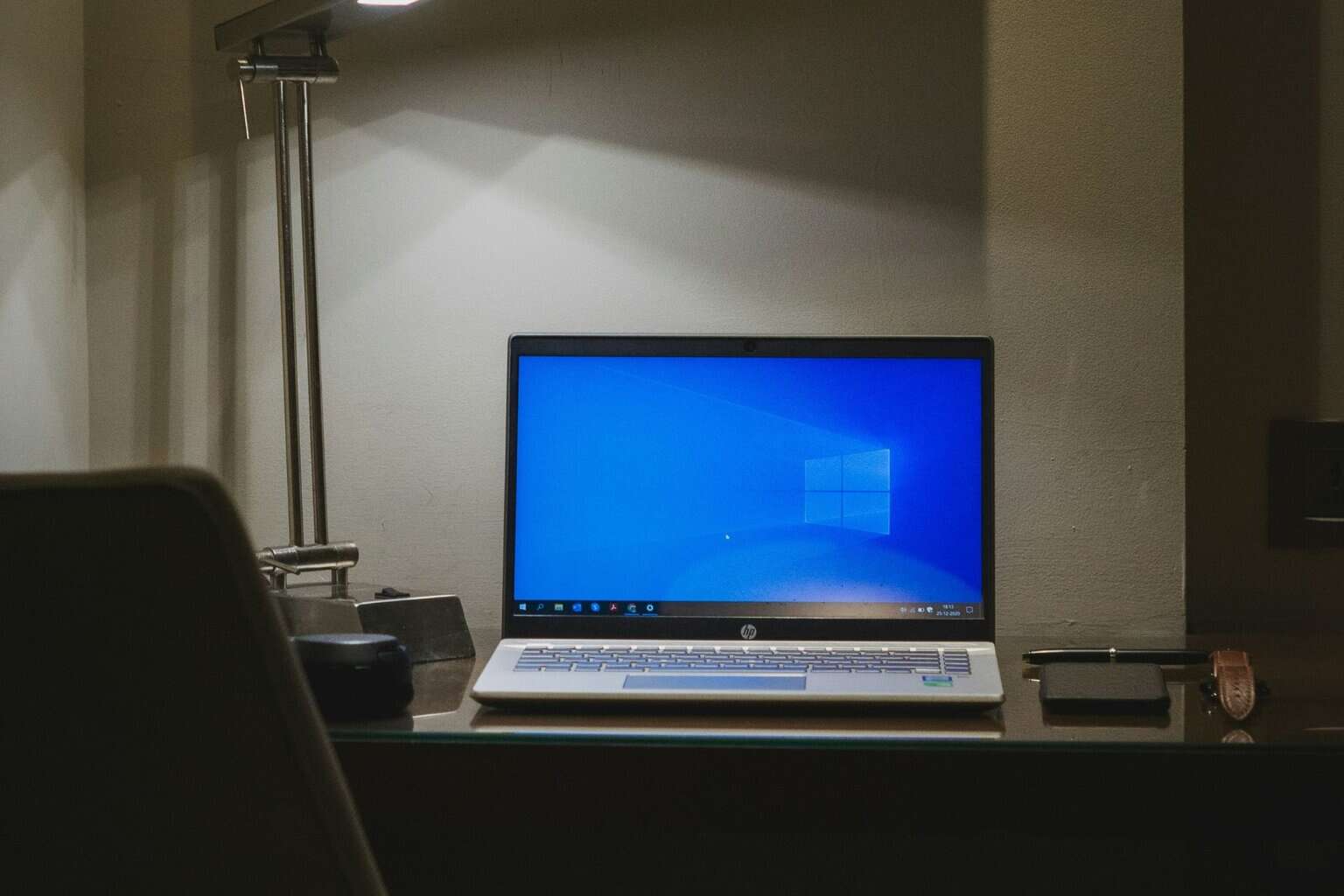

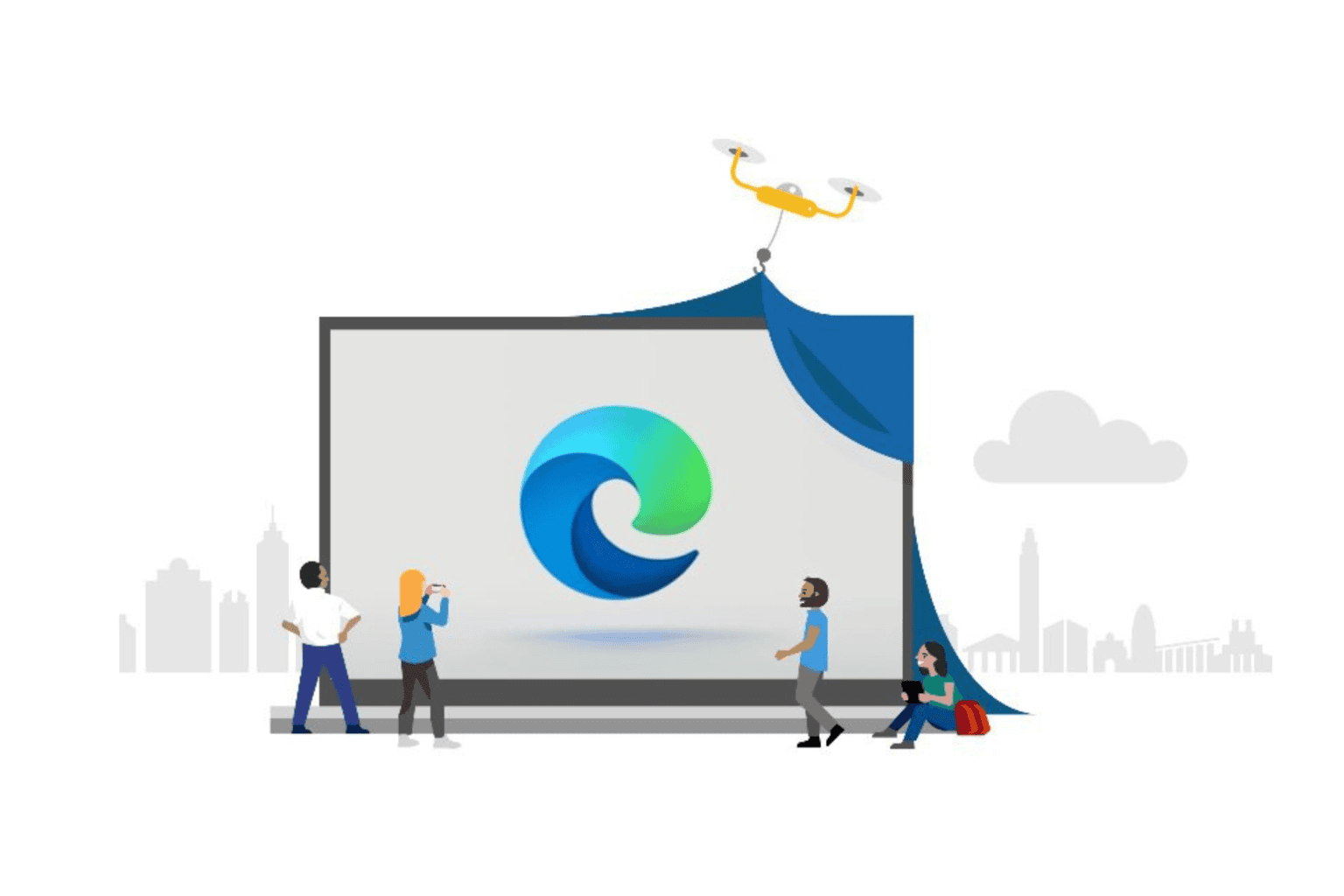
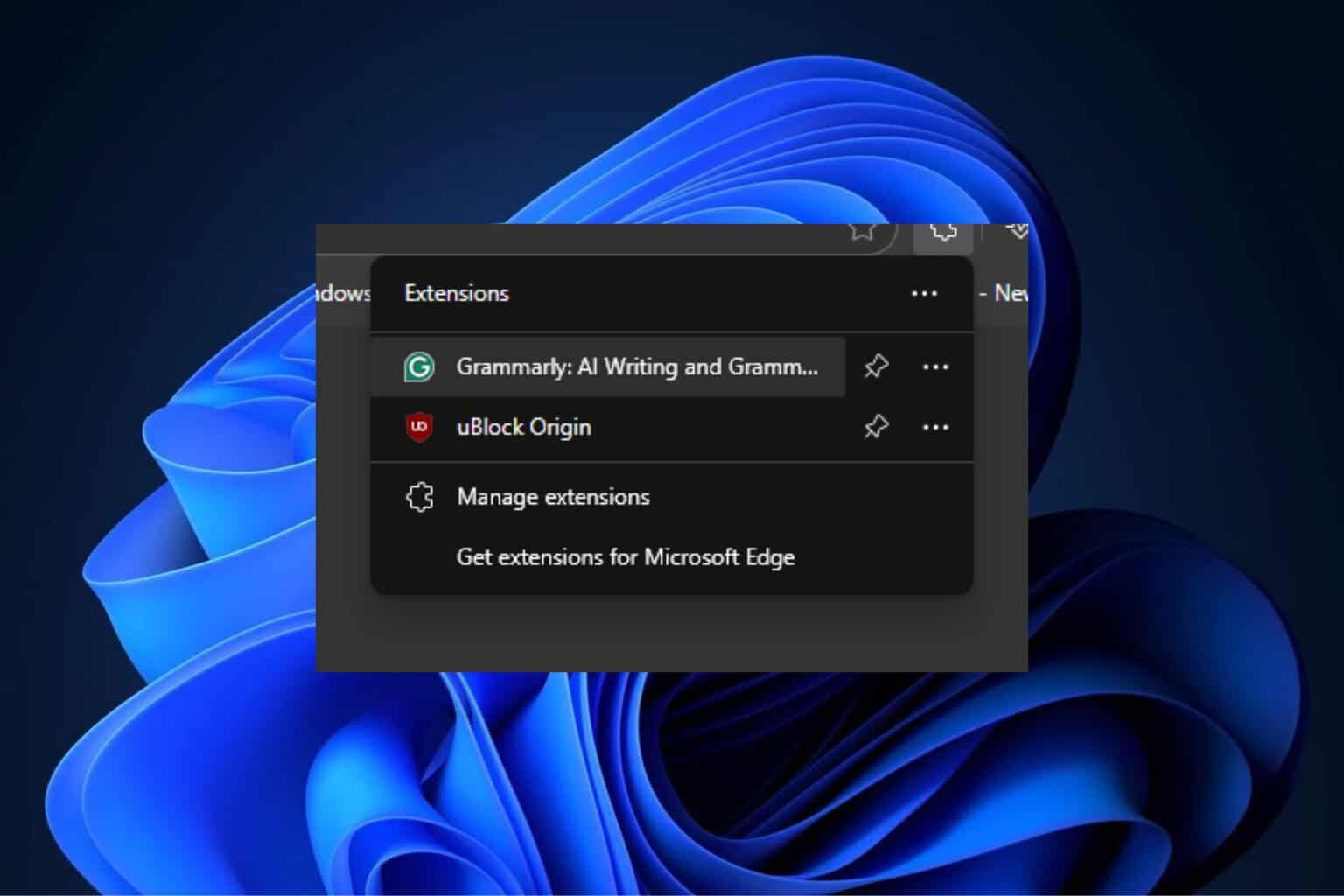
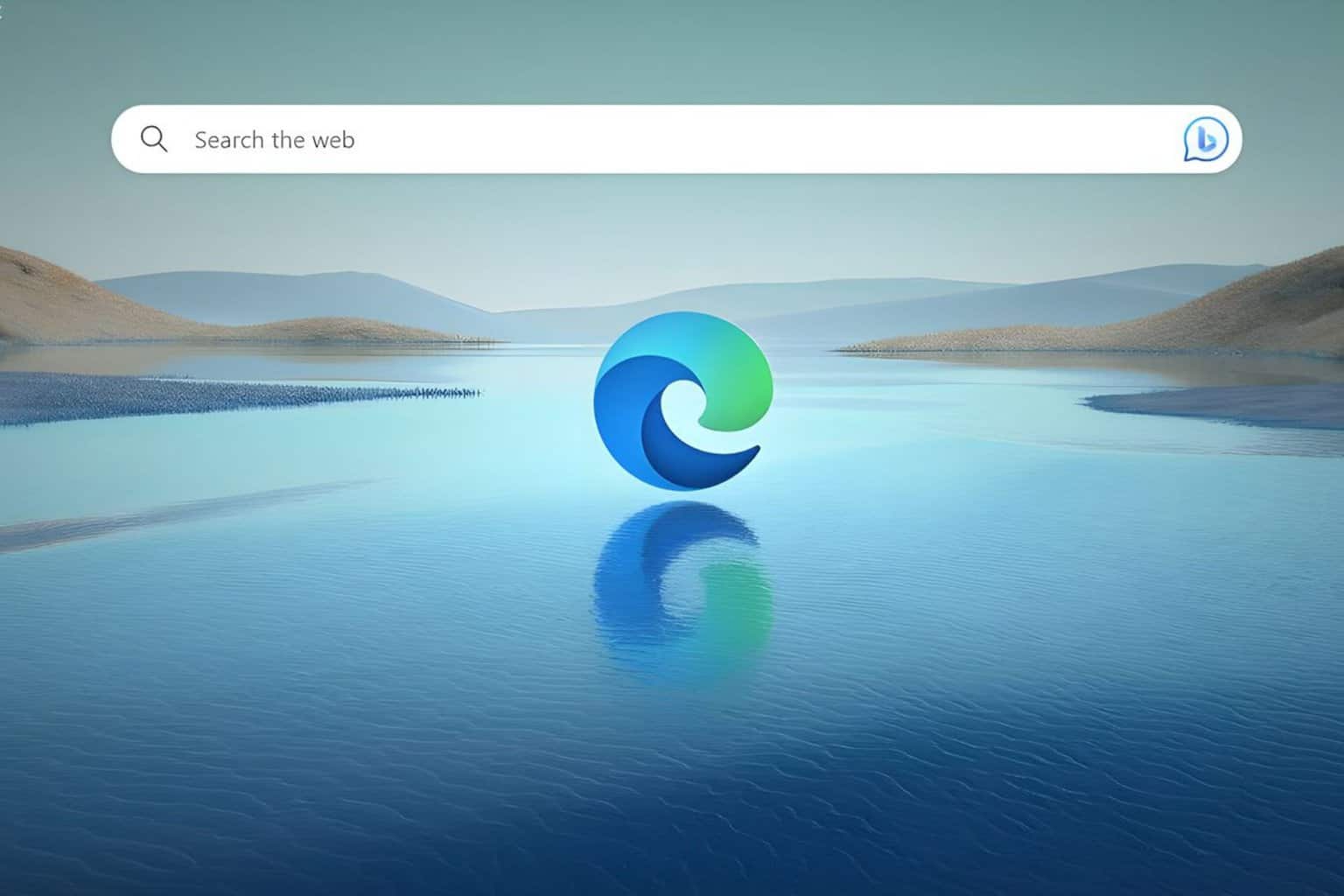
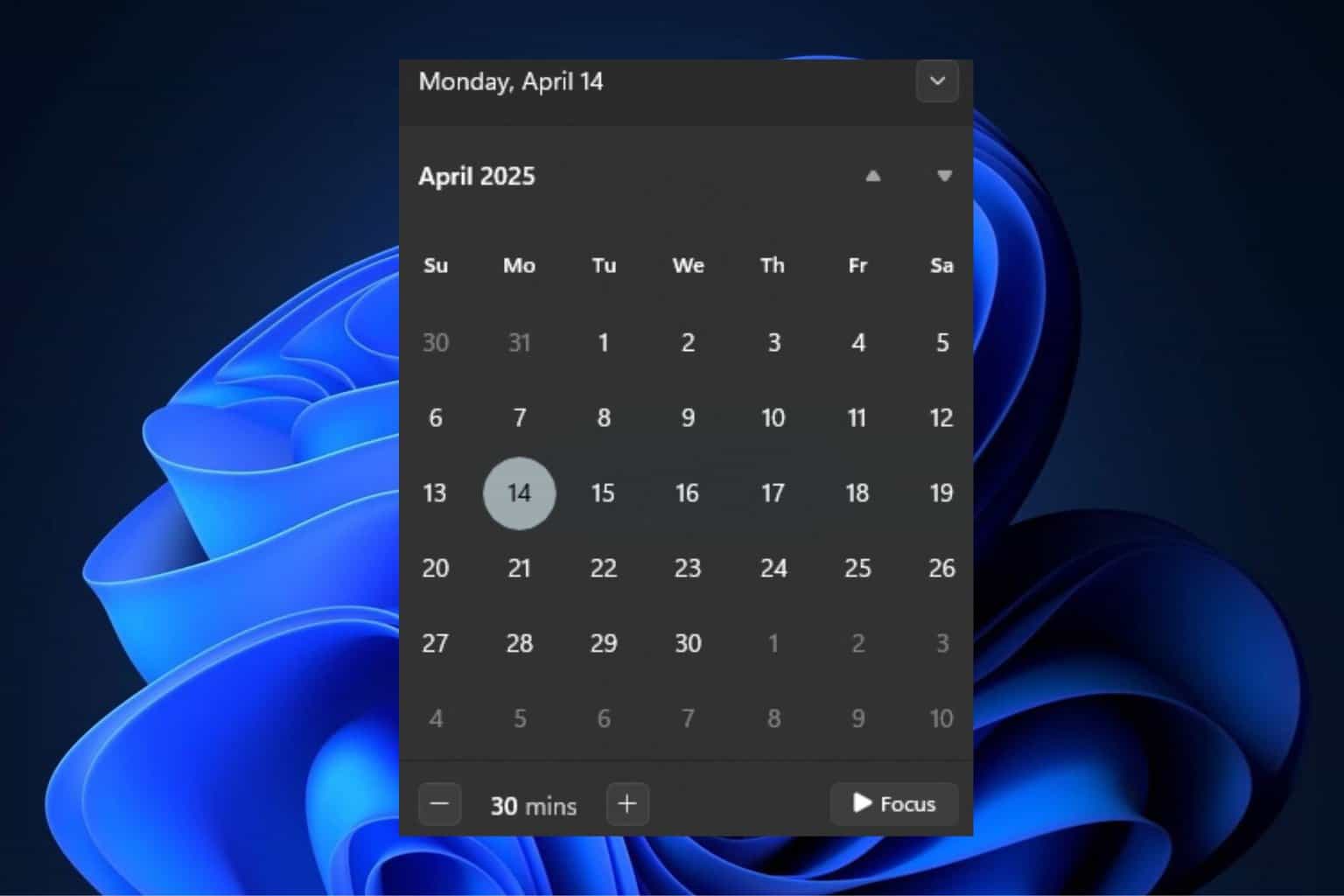
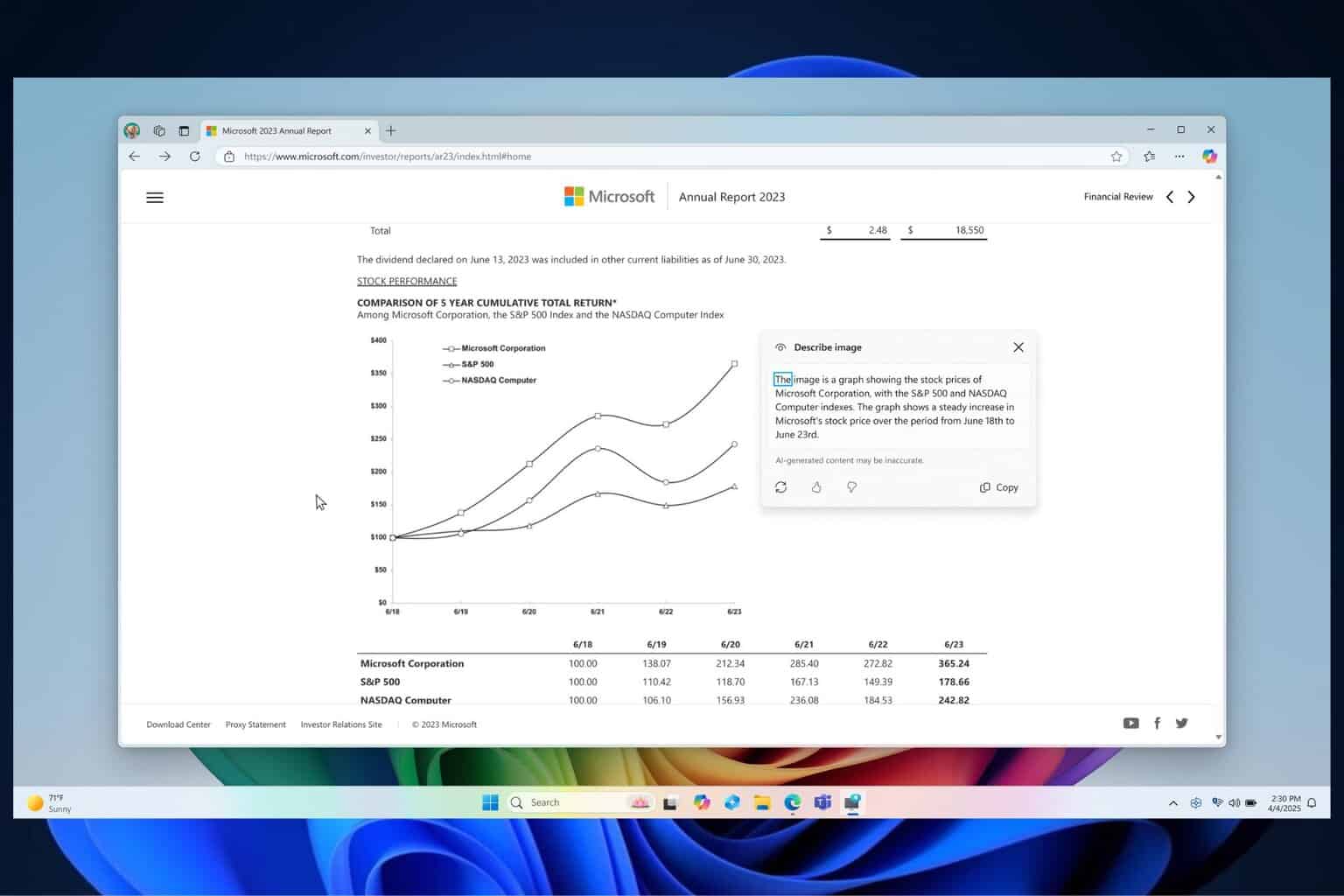
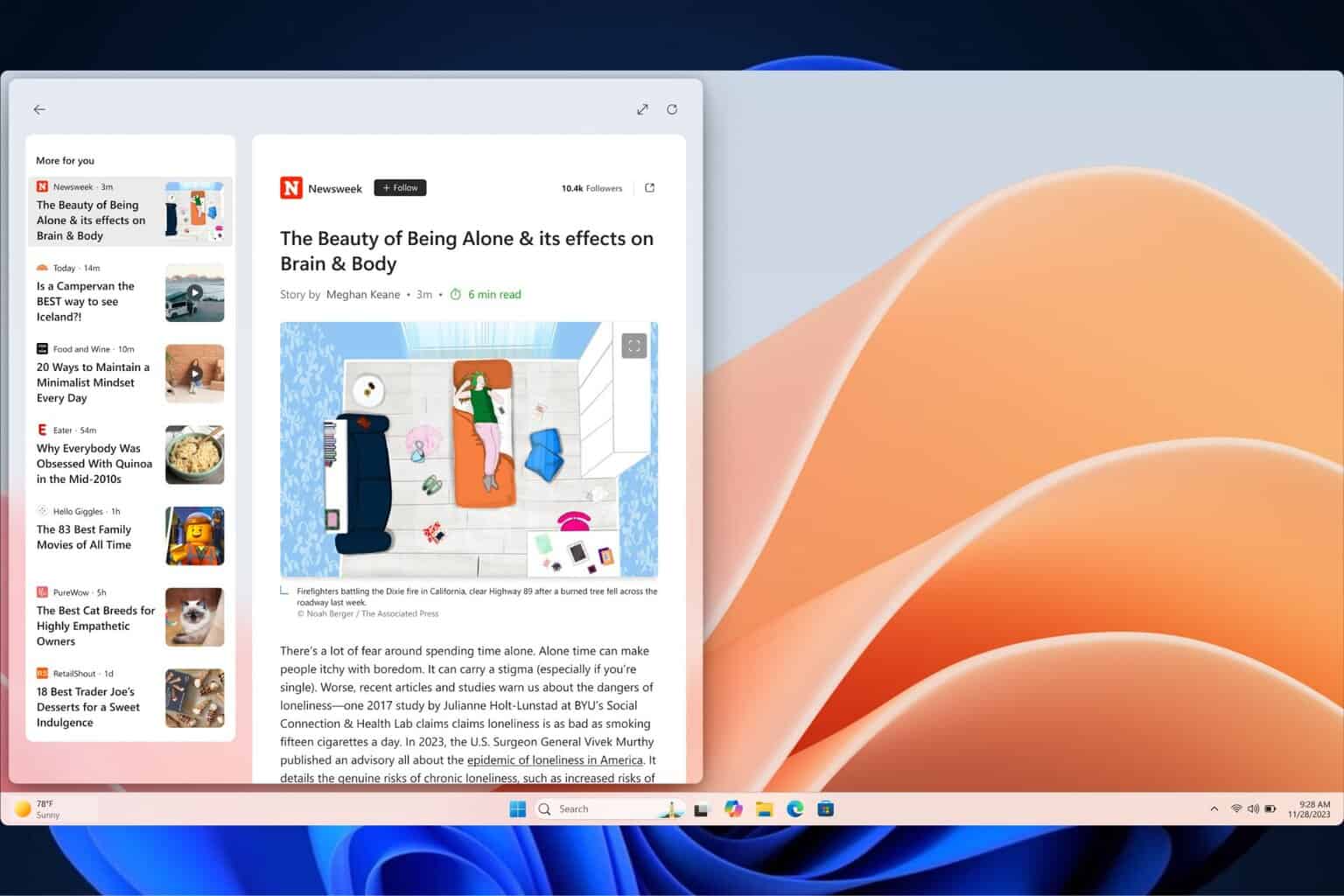

User forum
0 messages